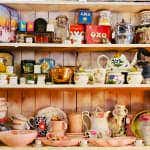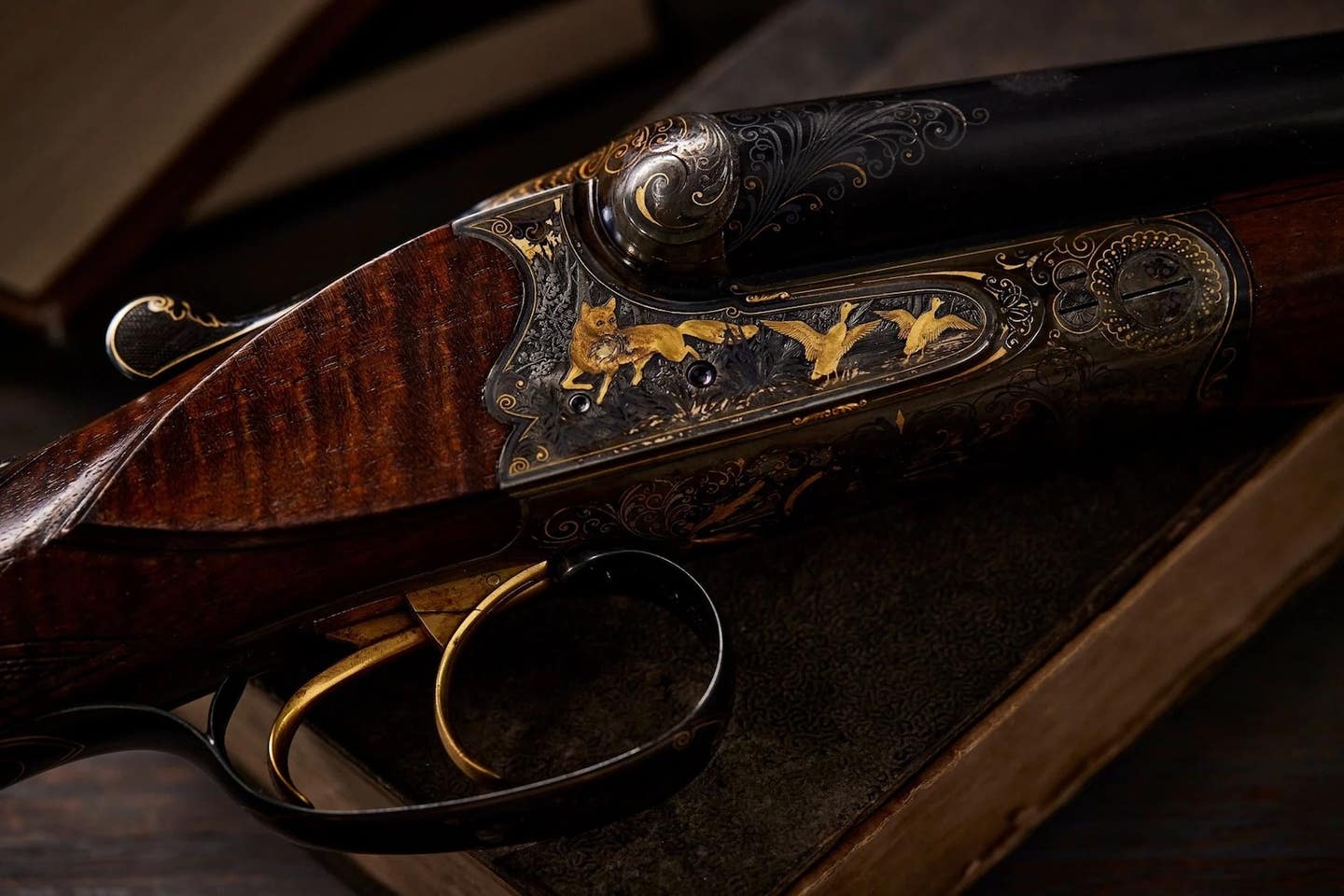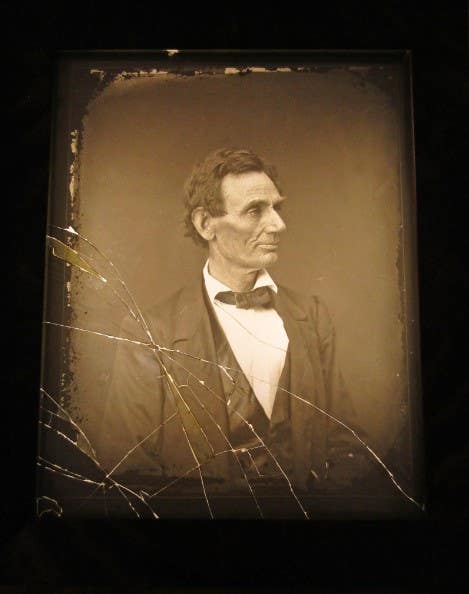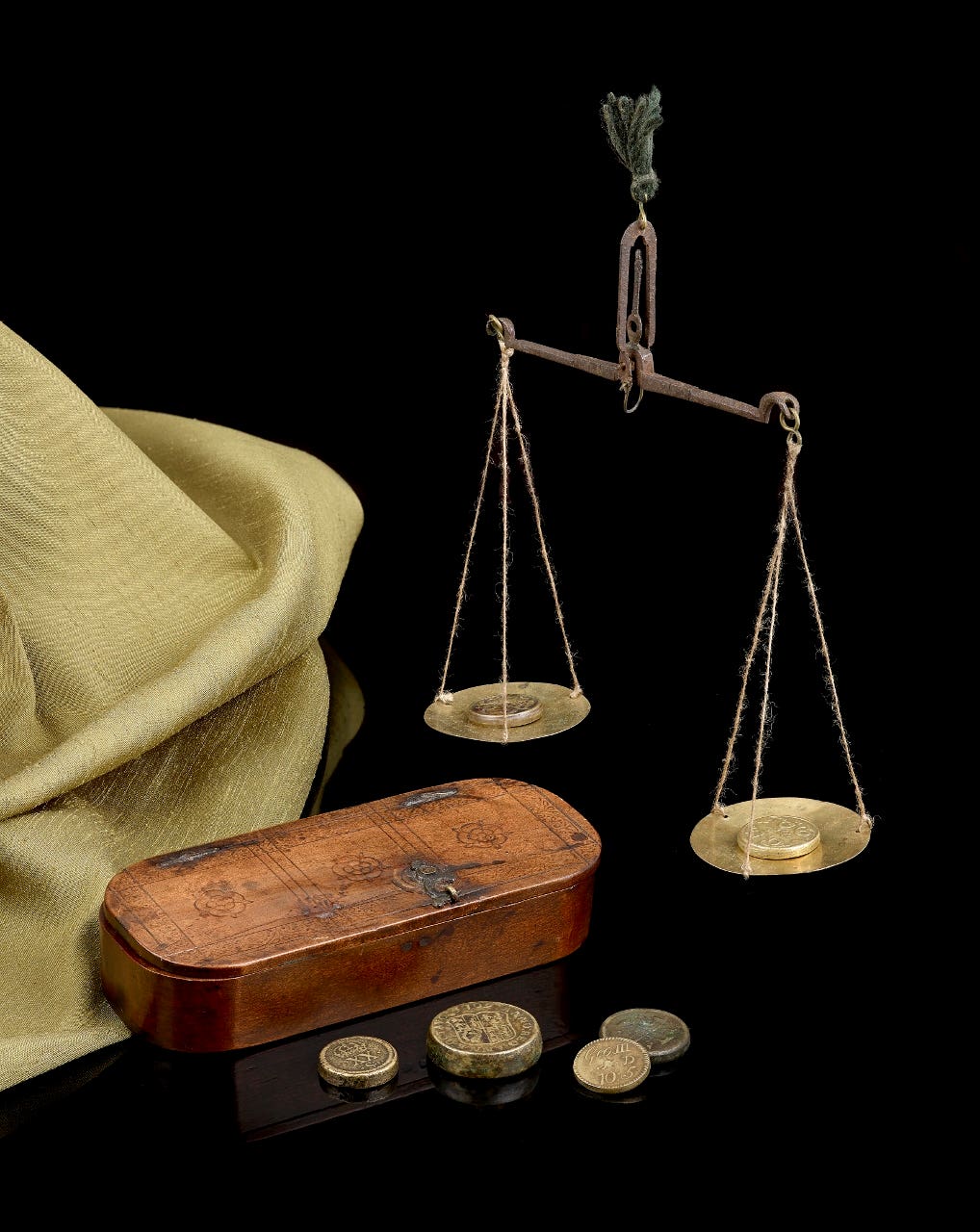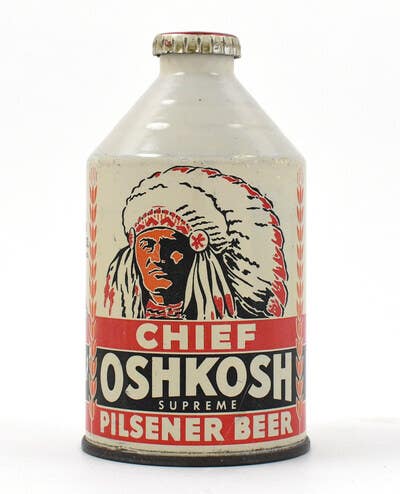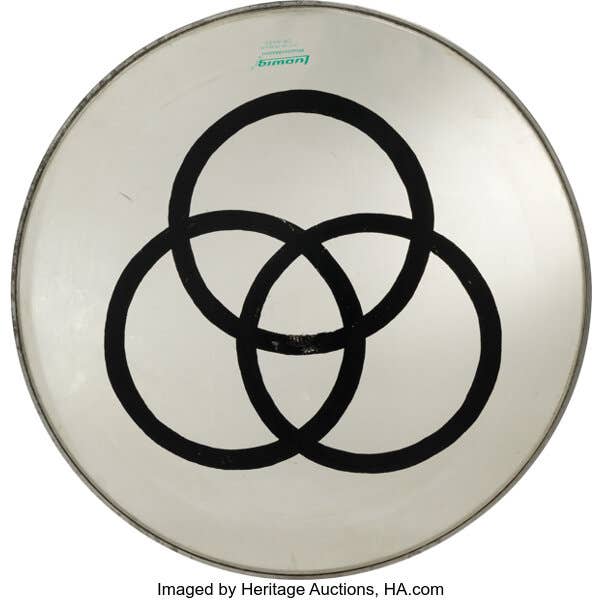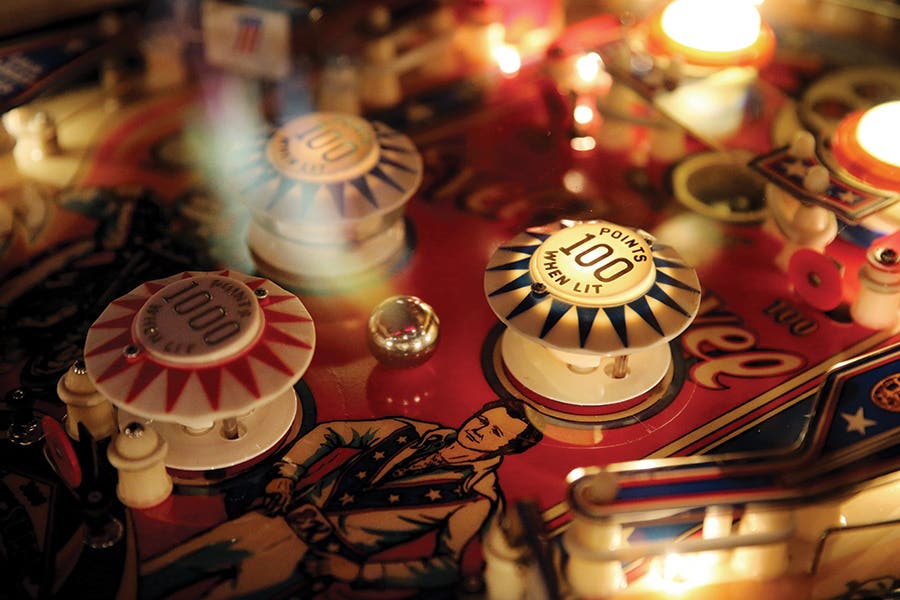Vintage Gelatin Molds
Vintage gelatin and jelly molds are highly collectible, come in all sizes and shapes and add nostalgic charm to kitchens.
With the decades spent congealing just about everything possible, from citrus- and cherry-flavored desserts to savory vegetable salads and classic aspics, the molds that gave these gelatin concoctions special shapes and designs were an essential component.
These gelatin molds have become iconic of childhood celebrations and happy gatherings, and are highly collectible today. They come in copper, glass, ceramic, porcelain, aluminum and tin, and in all kinds of shapes, from classic fluted and fancy scalloped to cute miniatures and animal shapes like chickens, rabbits and fish. Many collectors hang them on their kitchen walls to add some nostalgia and whimsy to their decor.
The earliest molds were natural ones like egg and scallop shells. It wasn’t until the 17th century that molds as we know them today were used for jellies and other things. By the late 1700s, makers such as Wedgwood were selling conical molds and two-part core molds where a beautiful patterned ceramic obelisk sat in the center of a clear jelly, which magnified the colors within.
Molds became increasingly popular with the Victorians, who enjoyed using intricate gelatin molds with liners, such as the Macedoine domed mold, designed to create a center of fruit or cream visible through the outer layer of clear jelly. Copper molds were also a sign of wealth and style, as opposed to the more affordable ones made of tin.
Copper molds became more common and really gained popularity in America starting in the 1920s, and most people likely remember their grandmothers or mothers using one from the 1950s or 1960s.
Vintage copper molds are popular with collectors today, and ceramic molds by Shelley Potteries of England are also sought after, especially well-shaped ones in excellent condition.
The value of gelatin molds depends on a number of factors, but they can range from a few dollars to thousands, depending on rarity, condition and if they have the marks of noted manufacturers, such as Shelley Potteries and Benham & Froud, also of England, and the Mirro Aluminum Company of Wisconsin (of aluminum Christmas trees fame). Because copper is a soft metal, antique and vintage molds are especially prone to denting and cracking, and ones without dents are of course more valuable.
Besides using them to make Jell-O salads, many collectors choose to display their vintage molds in some way, such as hanging them on walls or clustering them on kitchen shelves, and using small molds to store buttons, thread, ribbons and other craft items.
Antique and vintage gelatin molds can be found at antiques shops, thrift stores, flea markets and auctions. A great variety of molds can also be found at online shops including Ruby Lane, Etsy, eBay, Chairish, 1stDibs and The Internet Antique Shop.
At these online shops, copper molds can currently be found for $5 to $495, upward to $2,215 for a set of three late 18th century French molds being offered at 1stDibs.com.
Ceramic molds, including ones by Shelley and early 19th century Victorian Ironstone molds, range from $25 to $375. There is also a circa-1800 Wedgwood jelly mold currently being offered at 1stDibs.com for $1,350. Mirro aluminum molds are ranging from $6 to $50, while other aluminum molds in simple forms from the 1920s and 1930s can be found for $10 or less.
If you plan to use molds for cooking, particularly copper ones, it is recommended that you have the interior re-tinned, which you can have done at specialty shops, such as Rocky Mountain Retinning.


